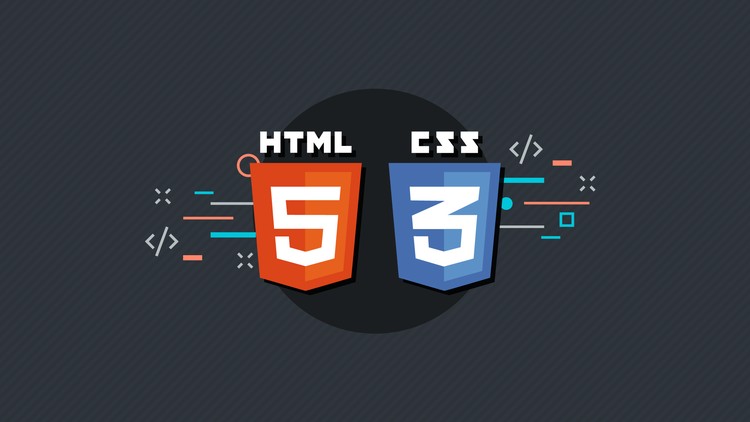Social Media Marketing (SMM)
Benefits Of Social Media Marketing
What are the Benefits of Social Media Marketing? Social media marketing is quickly becoming one of the most important parts of marketing strategy. Businesses all over the world are discovering the ways social media can contribute to the success and growth in all areas of their company. According to Read more…

